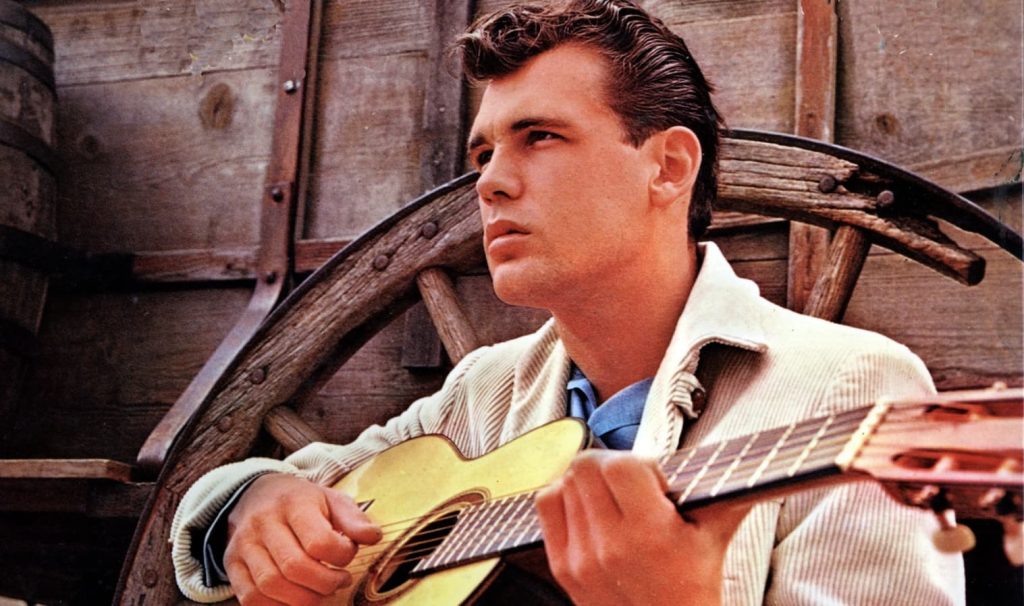
Duane Eddy’s “Rebel-‘Rouser”: The Anthemic Instrumental That Defined a Generation
When you think of the golden era of rock and roll, one name that inevitably comes to mind is Duane Eddy. Known for his distinct, “twangy” guitar sound, Eddy’s music has become synonymous with the birth of rock and roll in the late 1950s. Among his many hits, one track stands out not only for its innovative sound but also for its enduring legacy: “Rebel-‘Rouser”. Released in 1958, this instrumental single became a defining moment in Eddy’s career, rocketing to number 6 on the Billboard Hot 100 and number 8 on the R&B Best Sellers chart. It also enjoyed success beyond the U.S., reaching number 8 in Canada. But what is it about this track that resonated so deeply with listeners?
“Rebel-‘Rouser” is much more than just a catchy tune; it’s a piece of musical history that captures the spirit of an era. Written by Duane Eddy and Lee Hazlewood, the song was originally recorded under the title “Rabble Rouser” in Phoenix, Arizona, at the Audio Recorders studio. The track underwent a transformation not only in name but in its sonic identity, thanks to Hazlewood’s production genius. He took the raw recording and added layers of sound, including the memorable saxophone lines performed by Gil Bernal and the energetic handclaps provided by The Sharps—a vocal group that would later become The Rivingtons. This meticulous attention to detail is part of what made “Rebel-‘Rouser” so distinctive.
The song itself is a journey through changing musical landscapes, starting in E major before transposing to F major, F-sharp major, and finally G major. This progression, along with Eddy’s signature “twangy” guitar tone, creates a sense of momentum and excitement that captured the imagination of a generation. The influence of this track can still be felt today, as it laid the groundwork for countless rock and roll hits that followed.
Eddy’s inspiration for “Rebel-‘Rouser” was not the often-assumed “When the Saints Go Marching In” but rather a lesser-known folk tune, “Who’s Gonna Shoe Your Pretty Little Feet,” which he remembered from a Tennessee Ernie Ford record. This choice of inspiration, combined with Eddy’s unique guitar style and Hazlewood’s innovative production techniques, resulted in a track that was both familiar and groundbreaking.
“Rebel-‘Rouser” wasn’t just a hit; it was a cultural phenomenon. It solidified Duane Eddy’s place in the pantheon of rock and roll greats and set the stage for the guitar-driven music that would dominate the charts for years to come. Even now, more than six decades later, the song remains a testament to the power of instrumental music to convey emotion, excitement, and rebellion—qualities that are at the very heart of rock and roll.
As you listen to “Rebel-‘Rouser”, it’s easy to imagine the impact it must have had when it first hit the airwaves. The driving rhythm, the bold guitar licks, and the infectious energy all combine to create a track that is as fresh and exhilarating today as it was in 1958. Duane Eddy may have been known for his “twangy” guitar, but with “Rebel-‘Rouser”, he proved that he was much more than just a one-trick pony—he was a true pioneer of rock and roll.